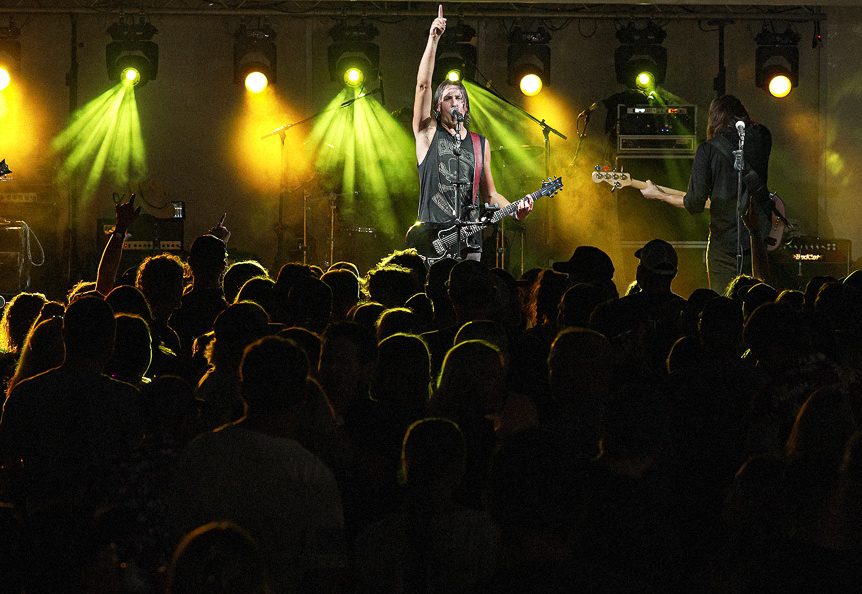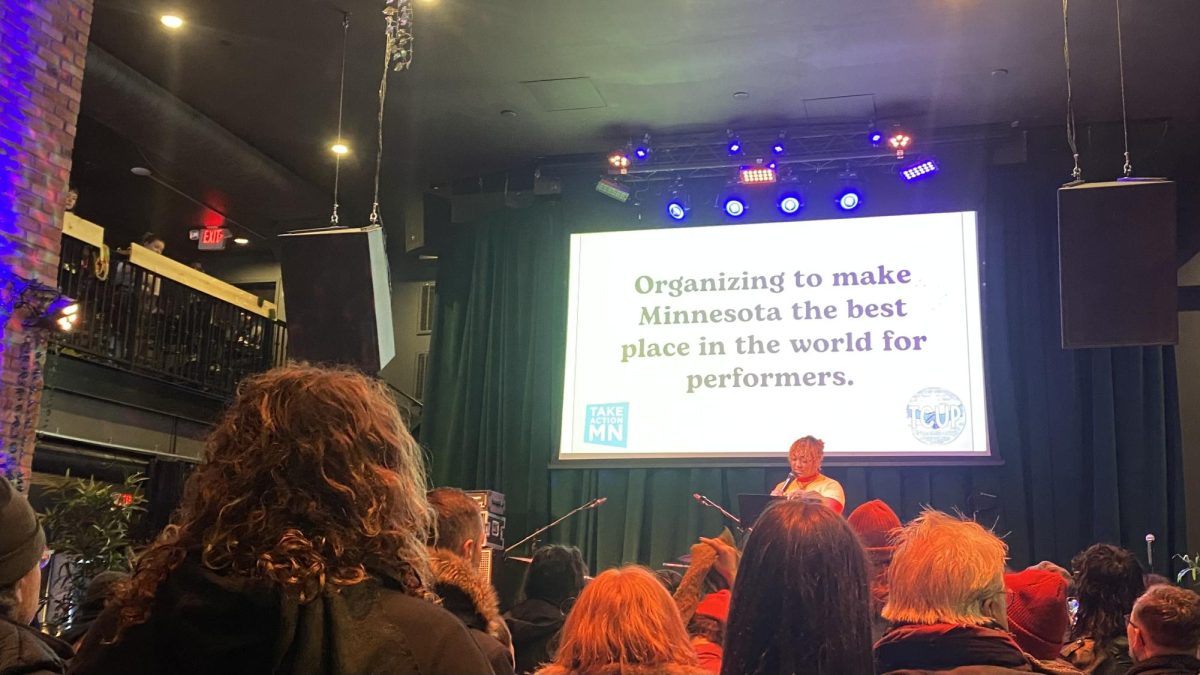Maple wood versus marble, a sky-colored dome rather than a Roman pediment and generous amounts of space between each exhibit instead of claustrophobic rooms – the new wing at the Minneapolis Institute of Arts complements the contemporary and modernist pieces housed therein just as its original neoclassical façade respects its antiquities.
The new wing was designed by Michael Graves – best known as the guy who turned toasters at Target into kitchen decor. The expansion, as well as the accompanying renovations to the rest of the museum, has brought many pieces out of the storeroom and into 113,000 square feet of new space and 50,000 square feet of renovated space.
The institute’s director, William Griswold, has a nervous energy as he tours the newly developed spaces in the museum in anticipation of its unveiling this weekend. He and the rest of the staff have worked around the clock recently to prepare the halls for onlookers.
“It’s huge for us. It’s absolutely huge,” he said while darting through another new gallery. “It’s a pretty dramatic expansion – a pretty dramatic transformation of the museum. There’s much more on view than ever before.”
That’s something Griswold wants to emphasize to the awaiting public. The Graves-designed expansion wing likely will draw the most attention this weekend, but the project has overhauled the entire museum. Space previously used as storage now houses African art exhibits. And while there were no textile exhibits before, now there are four.
Griswold also excitedly shows off the new Japanese galleries. There already were nine and now there are six more, marking the largest installation of Japanese artifacts in the country, Griswold said.
Perhaps unsurprisingly, what strikes one most when touring the new Institute is the amount of additional space: While exhibits used to be squished together, each painting or sculpture now holds its own on the wall with fewer nearby distractions – especially in the new wings of the building.
True to Graves’ design, visitors will gaze through the symmetrical open doorways of the various galleries toward a provocative piece at vision’s end.
“Even though the building is much, much bigger, I think it will be more navigable because of the dramatic sight lines,” Griswold said.
The new, domed wing is made up of three open, tapered floors with the top illuminated using natural and artificial lighting.
The Modernist design gallery on the third floor is striking with its turn-of-the-century furniture and artwork, highlighted by the Institute’s first historic automobile in an adjacent gallery, a 1946 Czech Tatra.
The Institute also has endeavored to make the museum more interactive, and so throughout the new space patrons will find computer terminals, often in small rooms designed to fit the period and style of the artwork outside. Some stations will be equipped with phones, allowing visitors to connect with an operator for directions.
They might need the help. Even the most experienced institute patron visiting this weekend should keep a map handy, as so much of the space has changed drastically.
And that, Griswold says, has been the goal all along.
“This is a great new building,” he says while touring the modern and contemporary galleries. “But this is really a transformation of the whole museum.”







